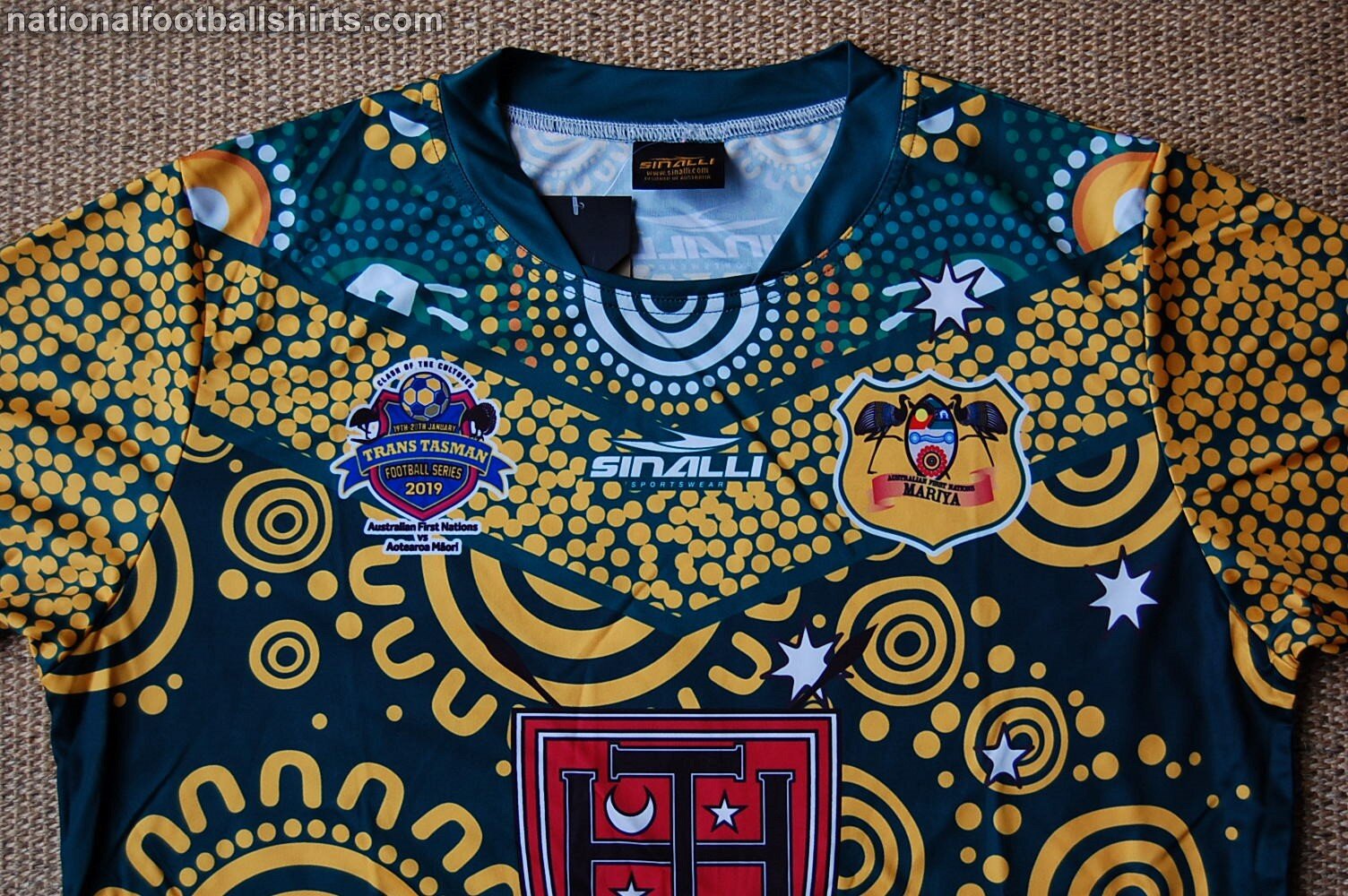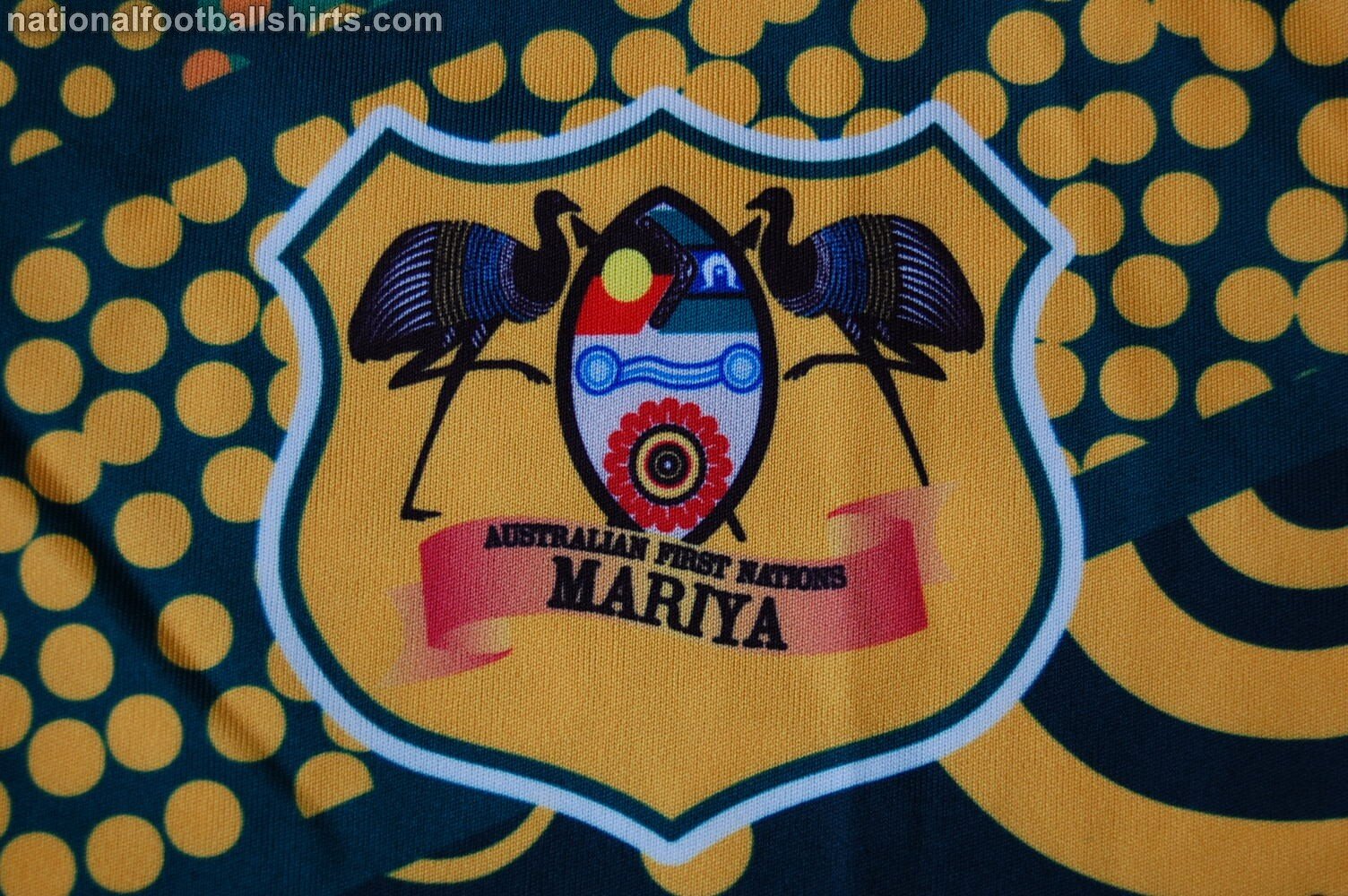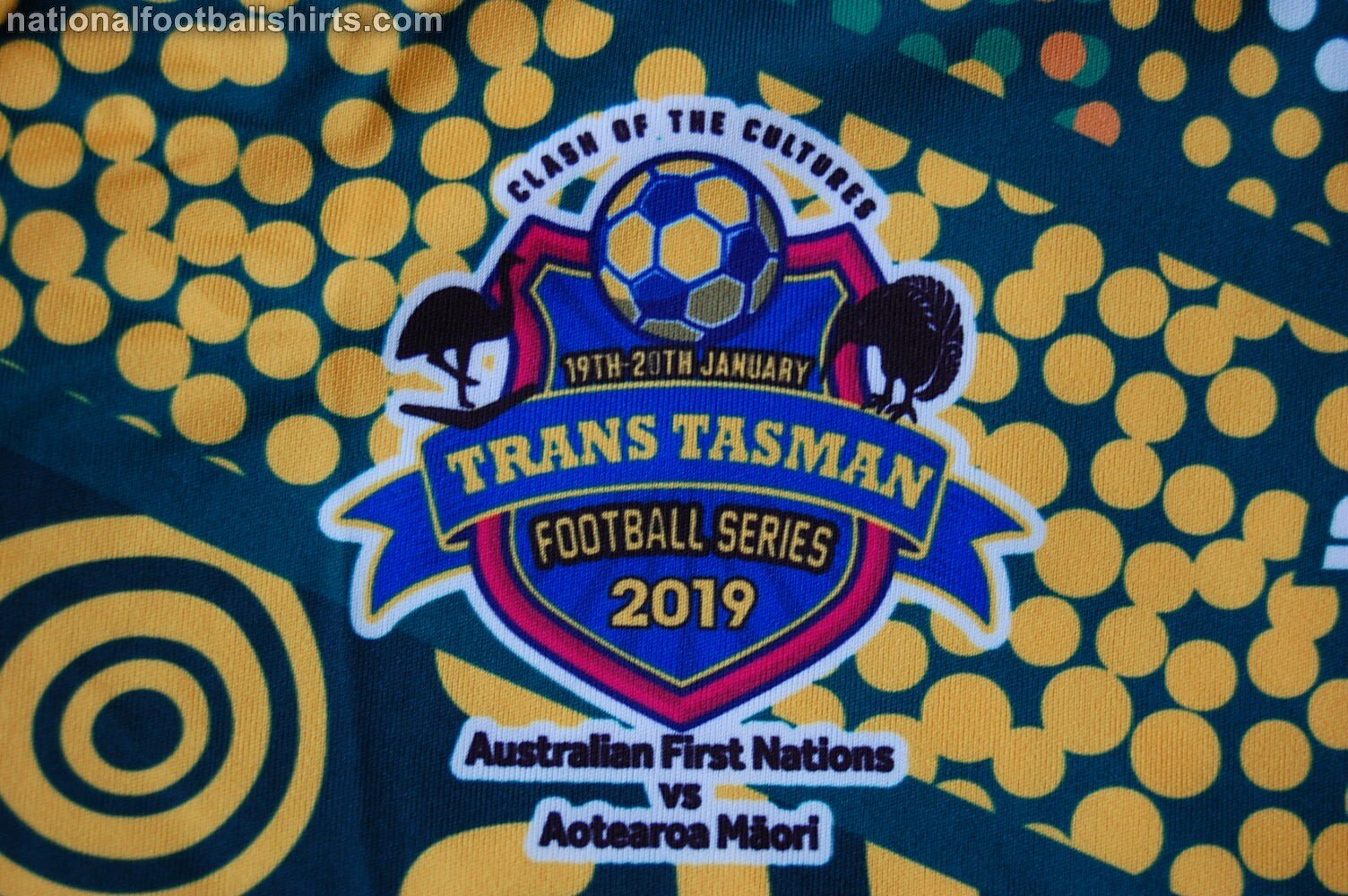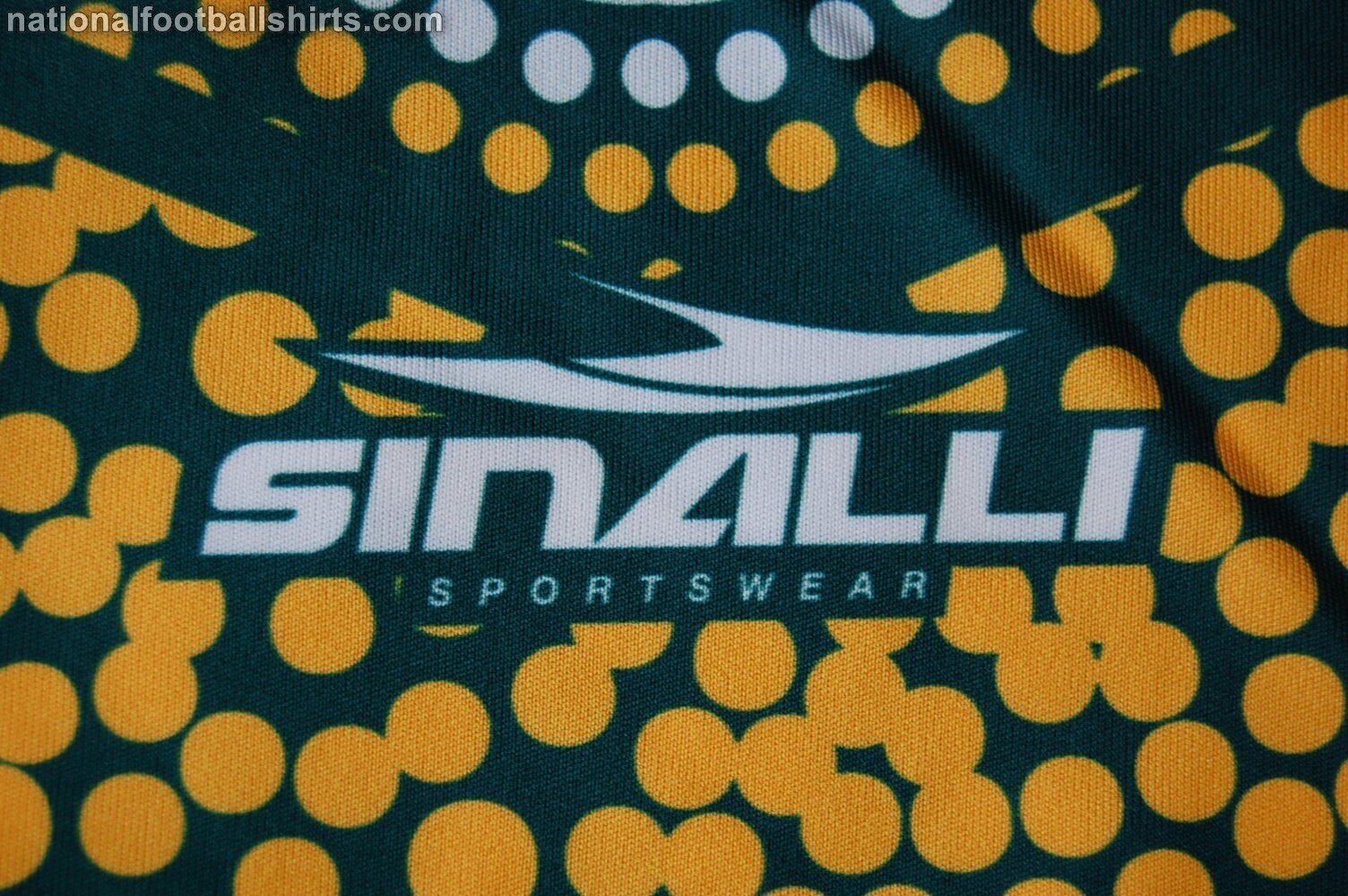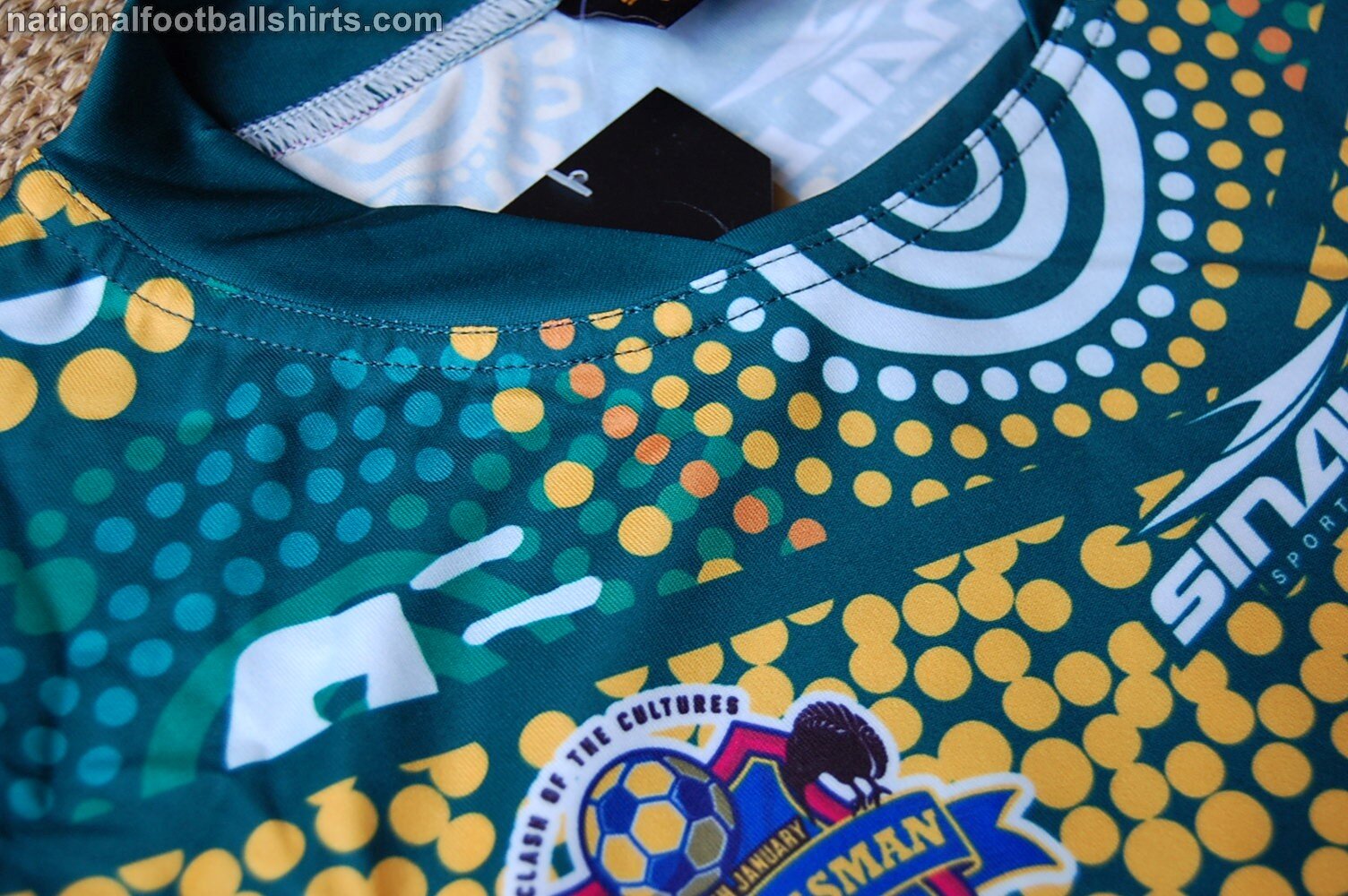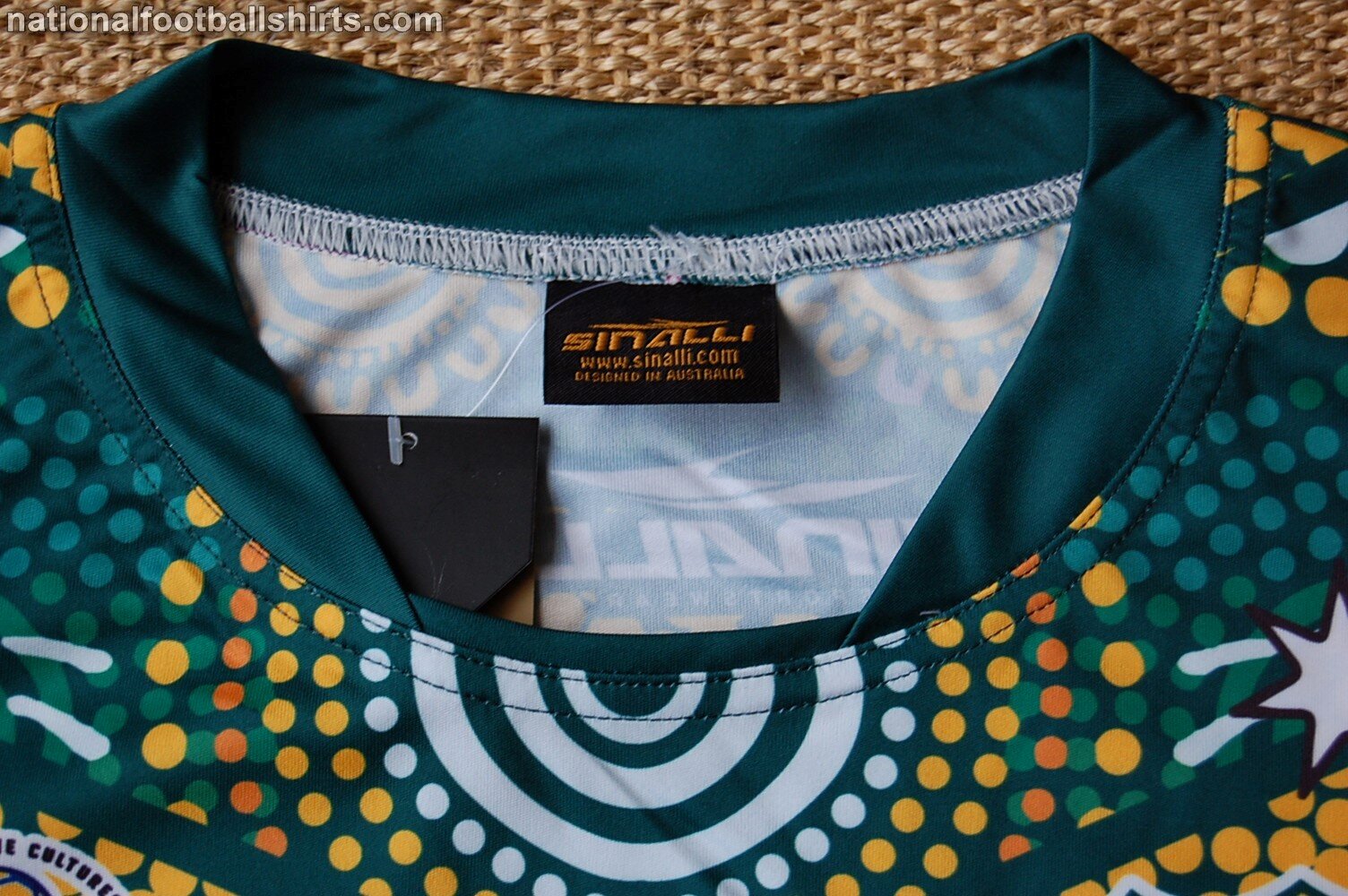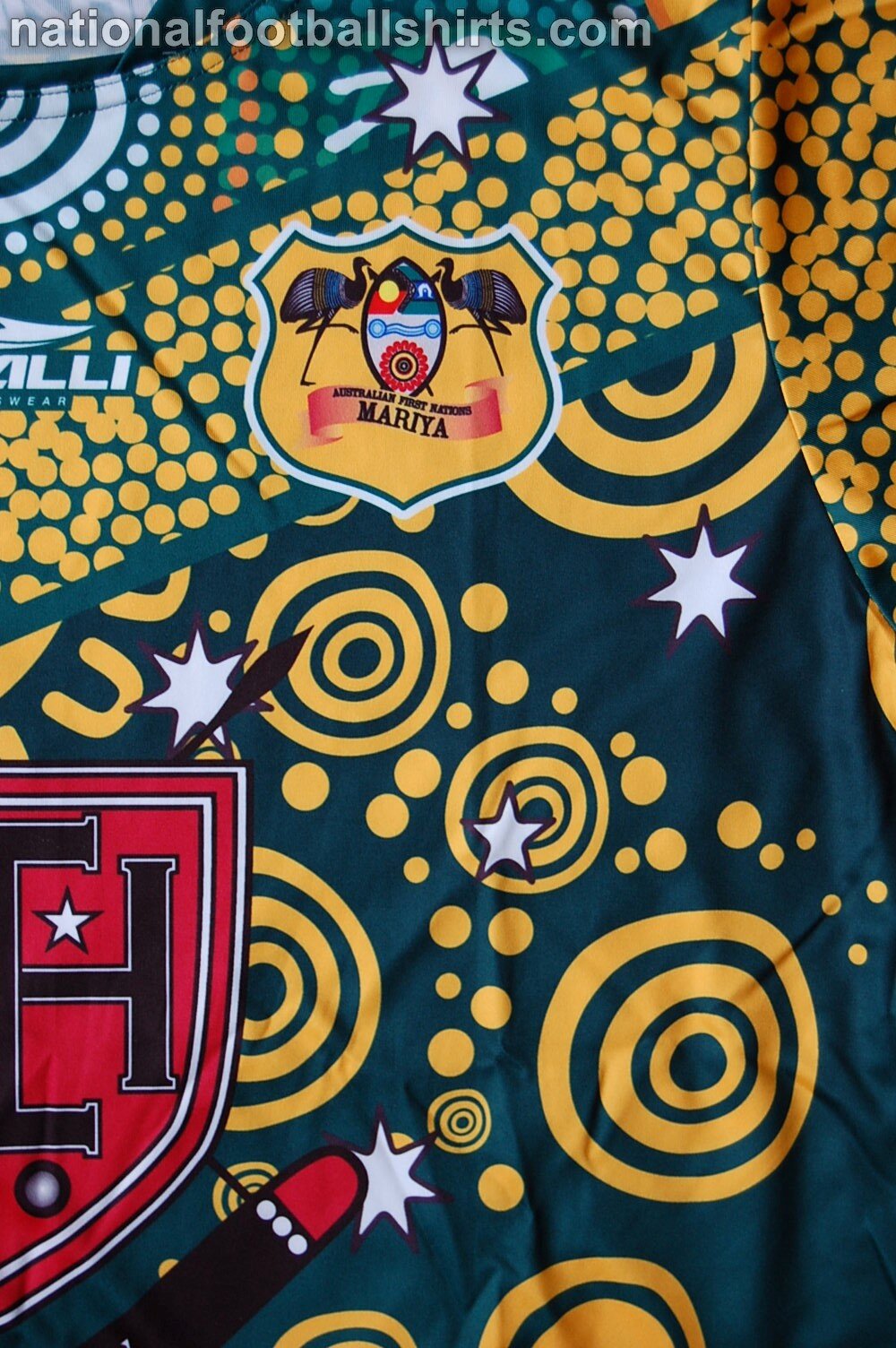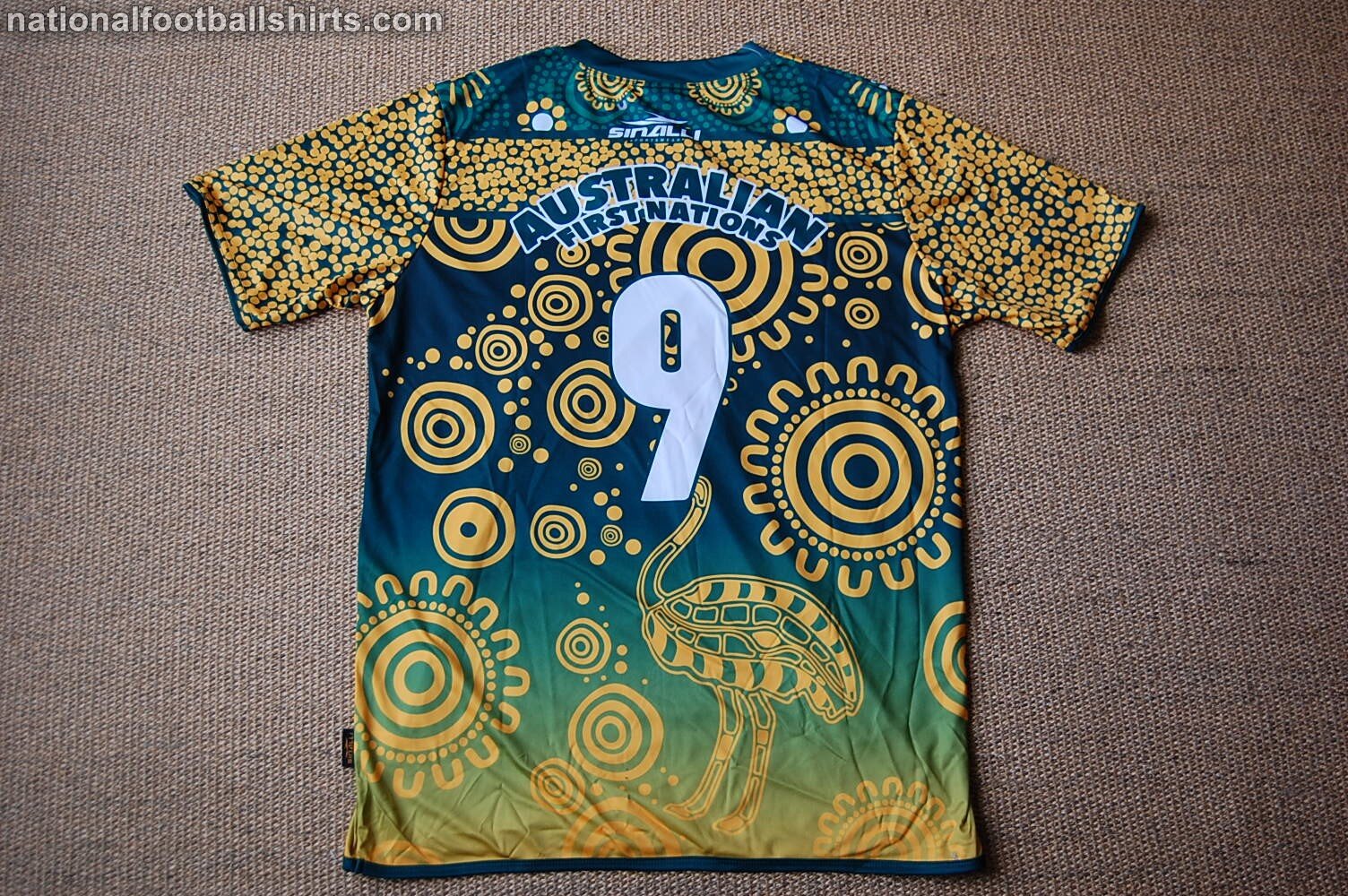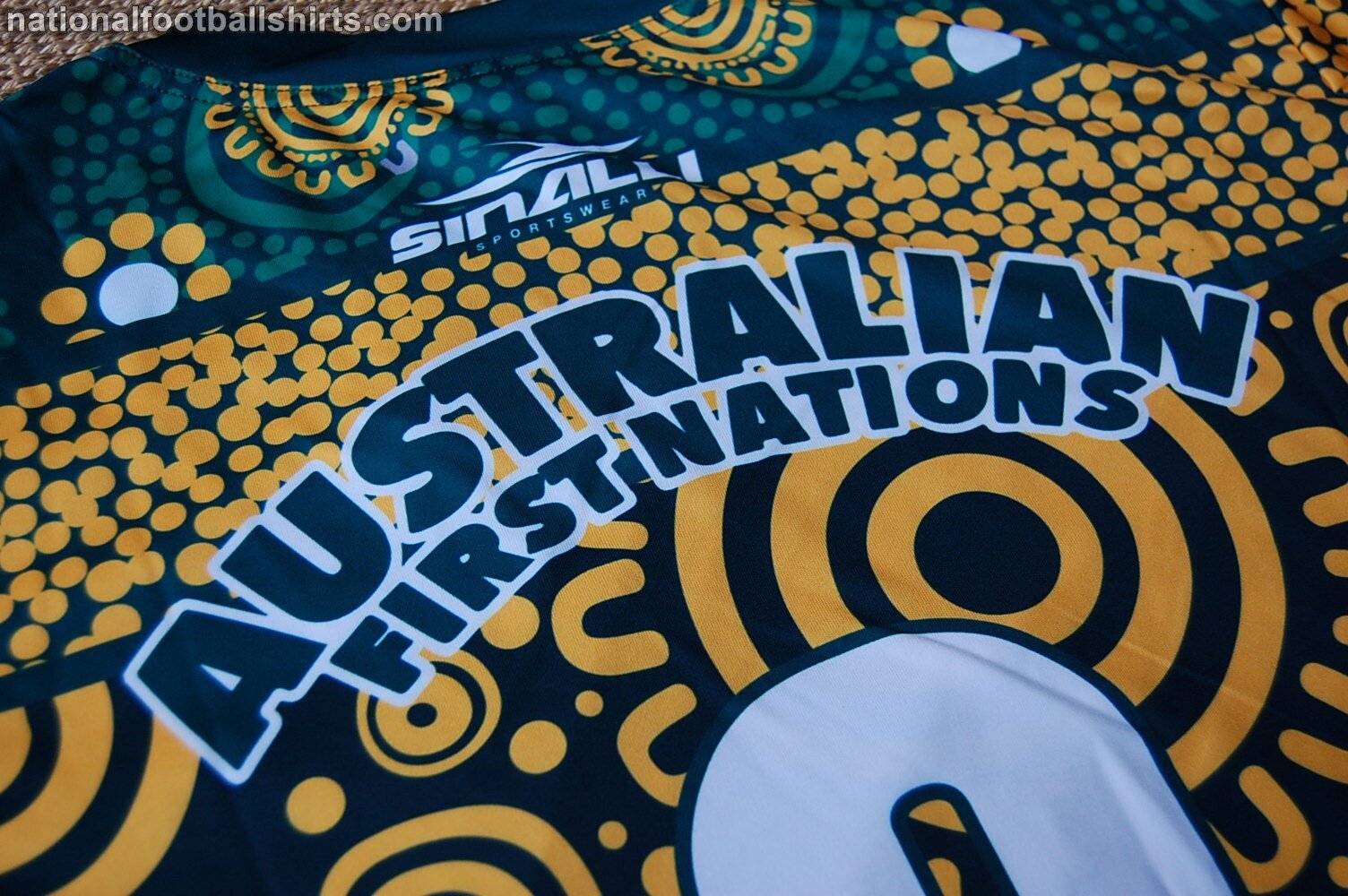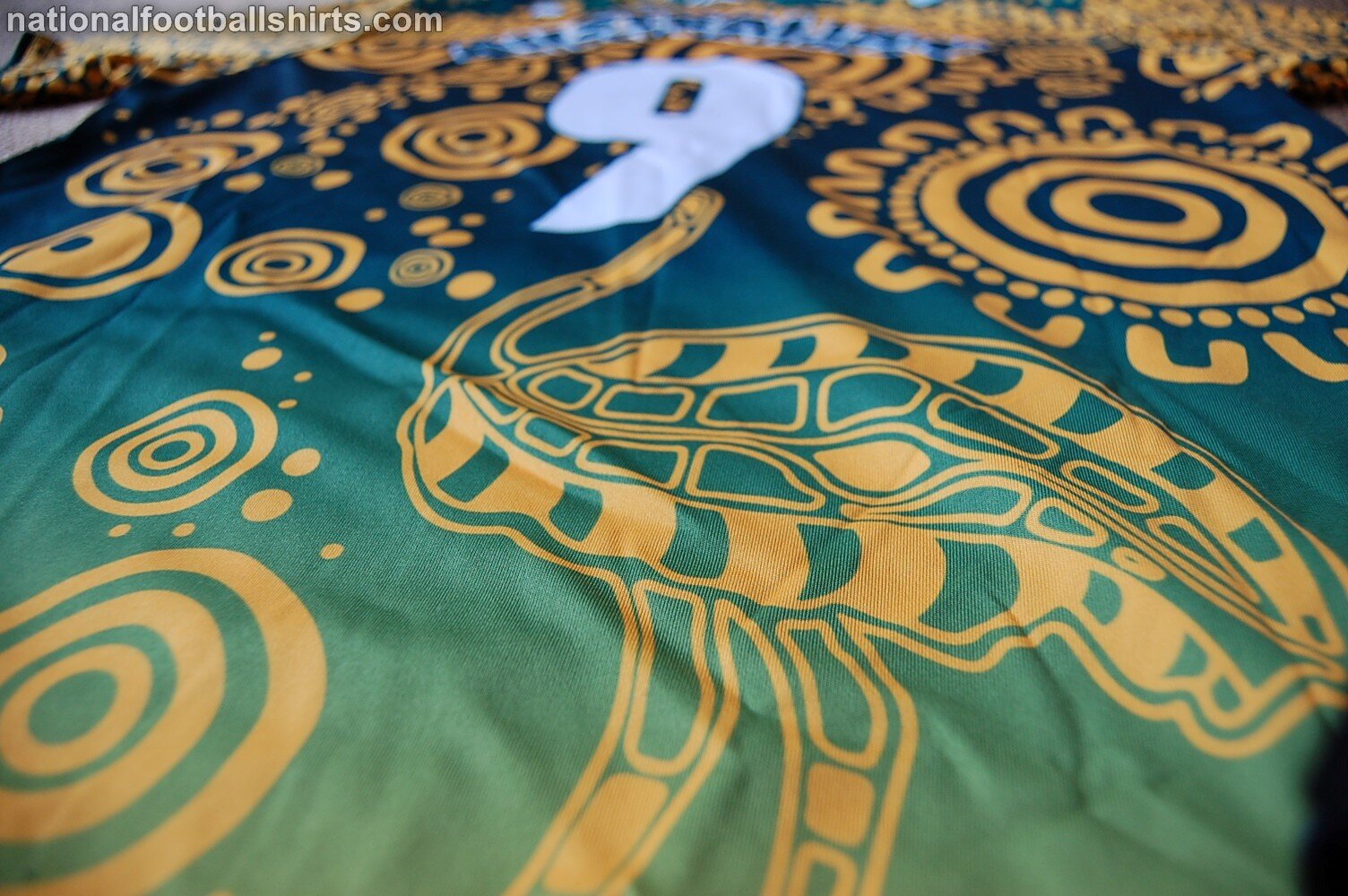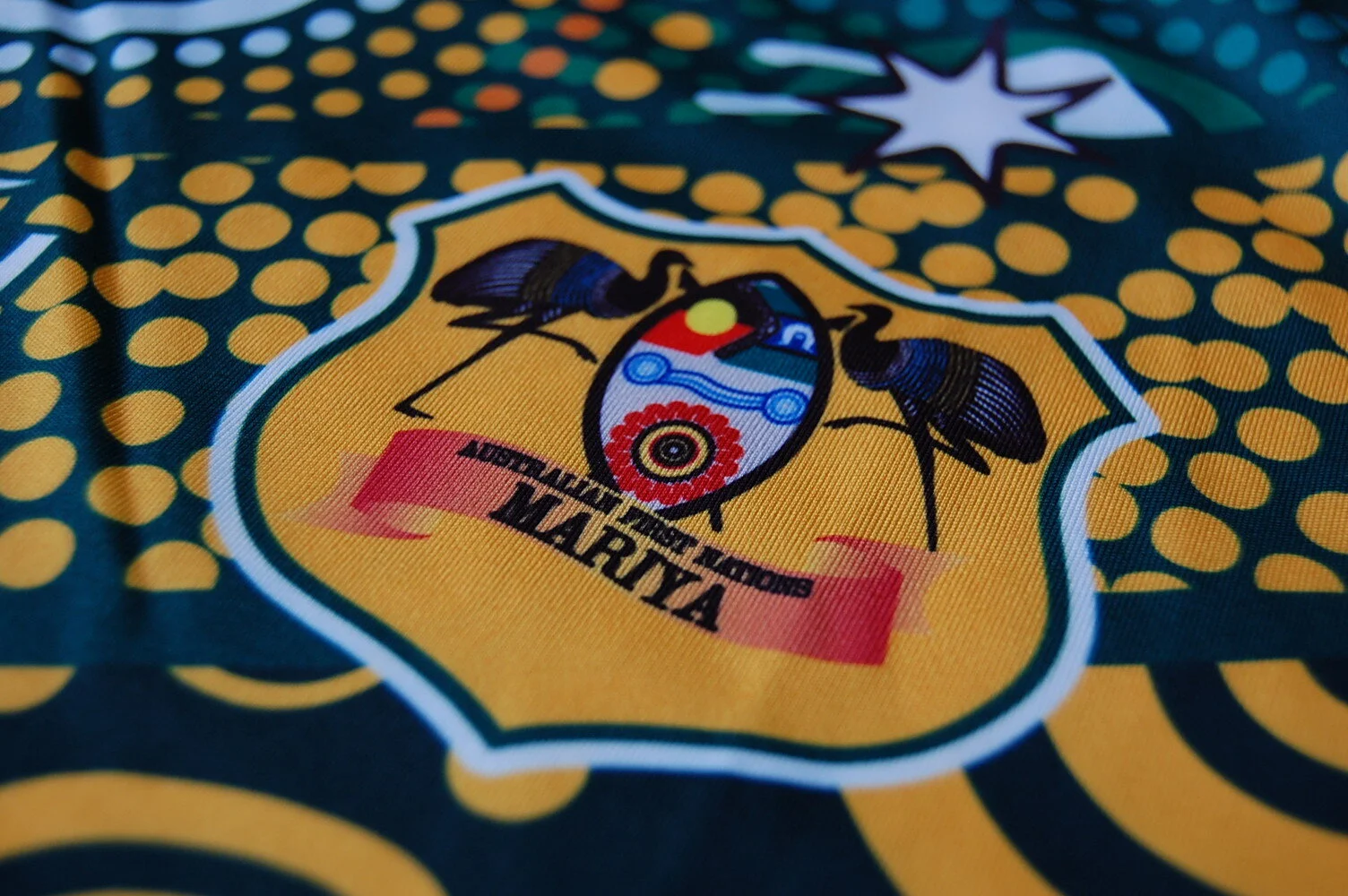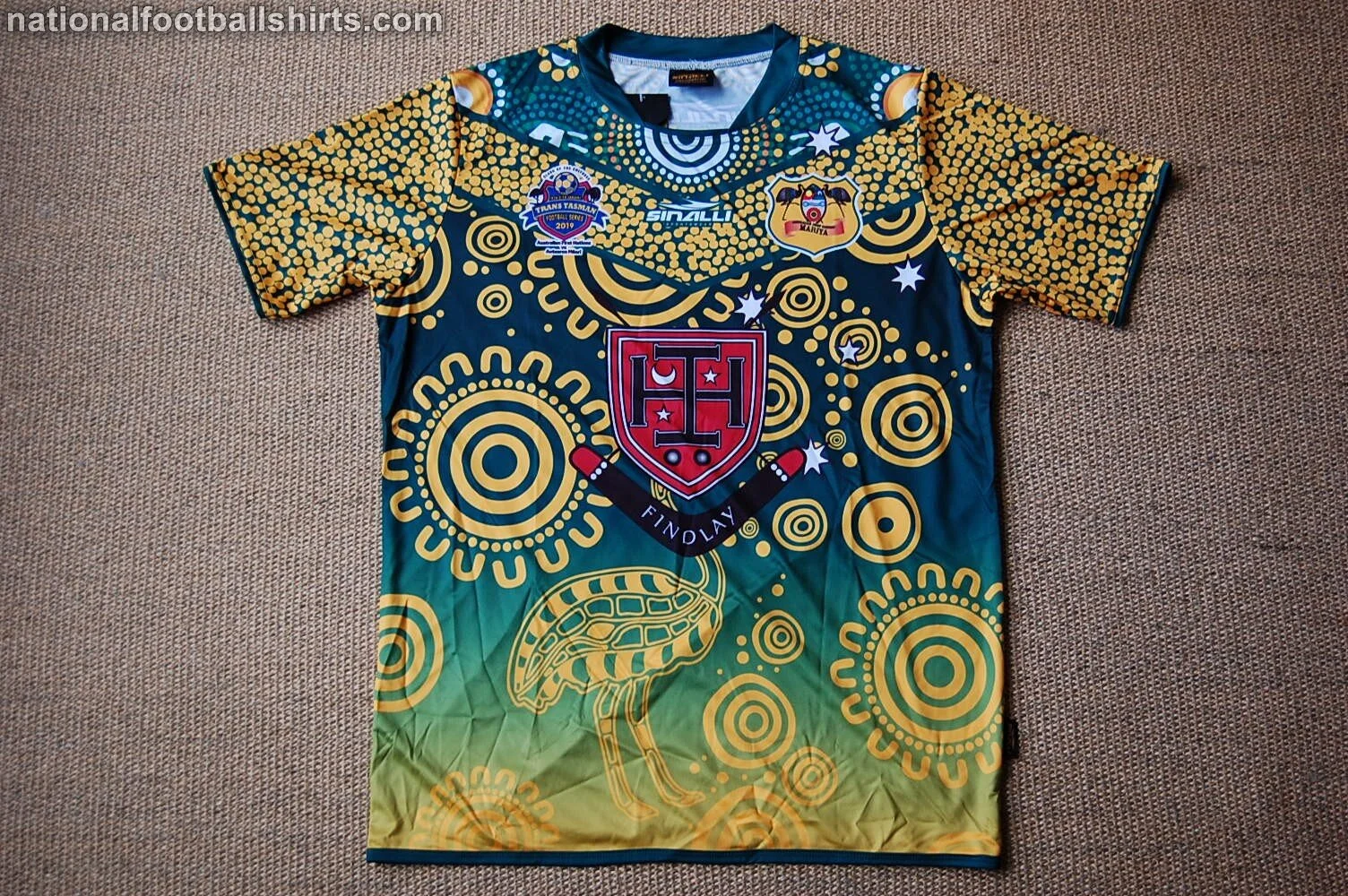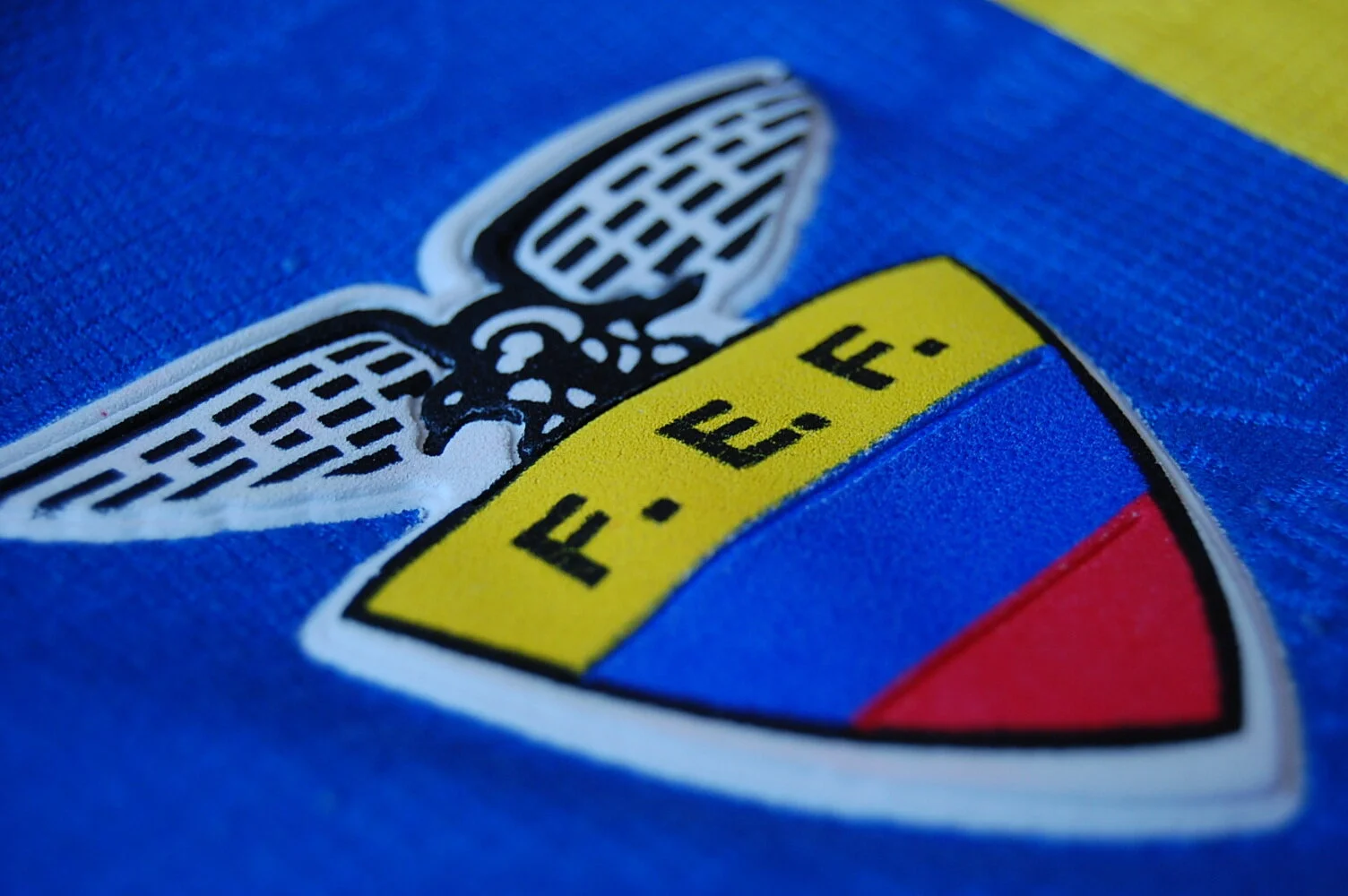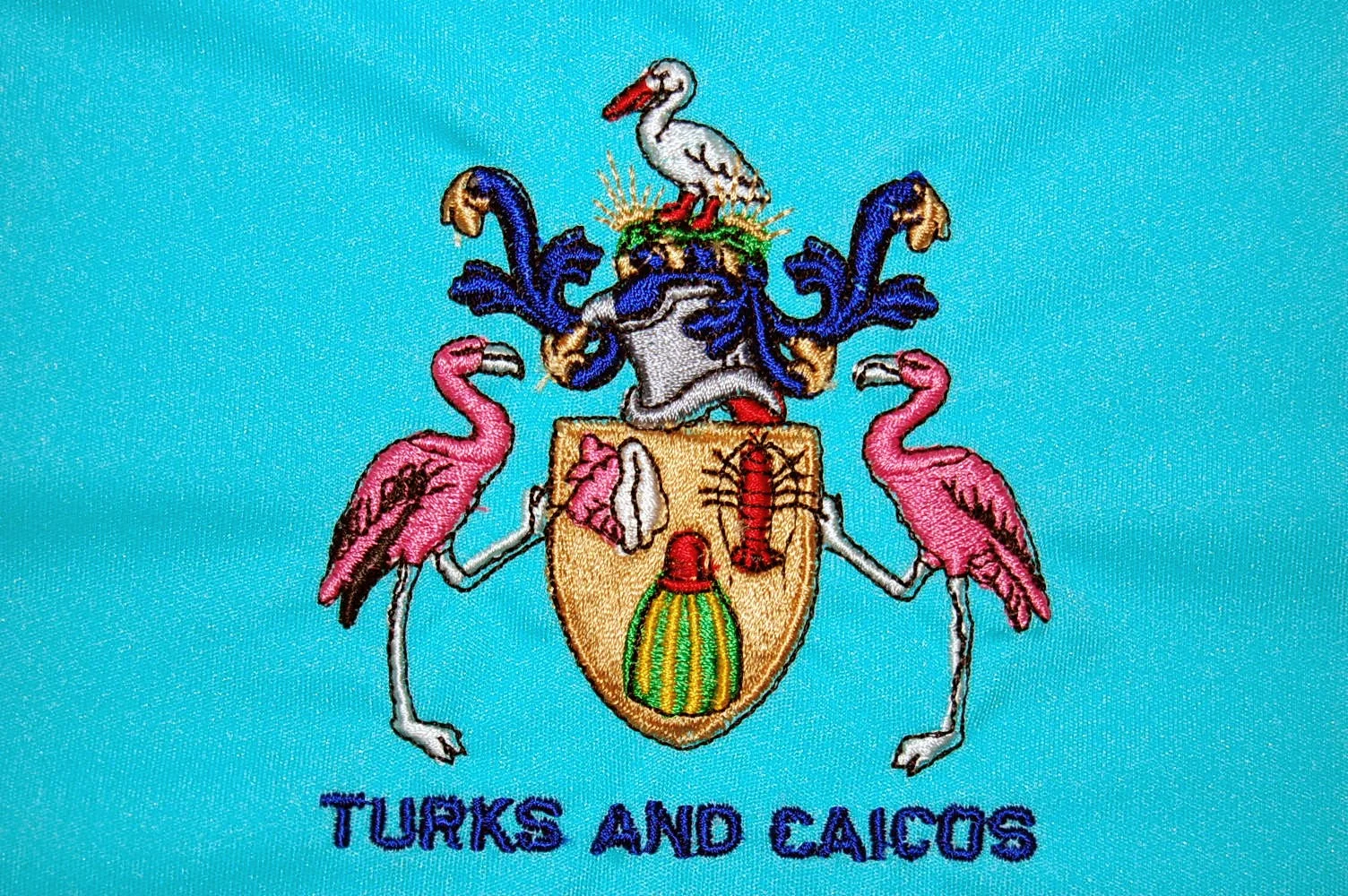Mariya (Australian First Nations)
Home; 2019
This is the first Non-FIFA shirt I have added to the site, and it is a very special one. The Australian First Nations team, or Mariya (meaning Emus) is a representative side for the First Nations peoples of Australia (sometimes also called Indigenous or Aboriginal people). The team developed out of the National Indigenous Football Championships, which began in 2016 as a way of bringing together indigenous football teams in Australia. As well as representative competition, the championships also acts as a stage for emerging indigenous talent to be spotted by scouts and coaches from semi-professional or professional clubs. With its success showing the potential for a First Nations side, the respective Mariya men’s and women’s teams made their international debut in 2018 where they played New Zealand Maori sides in a trans-Tasman tournament in New Zealand dubbed the ‘Clash of the Cultures’. The Mariya men’s team ultimately lost 3-2, while the women’s team also lost, but history had been made.
This particular shirt comes from the second running of the event, which took place in New South Wales, Australia, in 2019. The tournament details are nicely incorporated into the shirt, positioned on the right of the chest in a style possibly more typical of Australian Rules football or National Rugby League down under. This shirt was part of small batch of additional shirts which were made by Sinalli alongside the match shirts, and are identical to what were worn by the Mariya teams. In the 2019 edition, the women’s, u14 boys and u14 girls teams, played the Maori, while the men’s team faced the Wollongong Wolves, a semi-professional side from the second tier of Australian football.
The crest for the team is made up of important symbols to the people that the team represents. A central shield stands in front of crossed spears, flanked on either side by two stylised emus. The shield contains the Australian Aboriginal Flag and the Torres Strait Islander Flag, two officially recognised flags of indigenous Australian people. Between the flags, is a boomerang and directly under that the symbol for waterholes and running water. Finally, the bottom of the shield represents people sitting together. In an age where many crests in the FIFA world are modern graphics chosen for their ease to reproduce on merchandise, it is a credit to see such thought being put into a crest for a truly representative team.
When we understand the symbols in the crest, it helps to also make sense of the incredible design of the shirt itself. While I can’t speak for the designer of the shirt, my interpretation of the use of the meeting place symbol is that it speaks to the First Nation and Maori meeting as cultures for this competition. In First Nations culture the emu, prominent on the crest and also on the shirt, was a creator spirit that used to fly and look over the land. The emu can even be seen in the Milky Way in the night sky. On the left chest, the famous Southern Cross constellation is present and there are also handprints found on the upper part of the chest amongst the colourful dots, a style of art which can represent different things in different indigenous cultures. Even the sponsor’s logo deosn’t look out of place, especially with the incorporated boomerang. Yes, in an ideal world no national shirt would have a sponsor, but for the First Nations teams this is very much a fundraising necessity so that they can even field teams.
Mariya are a member of CONIFA, an alternative international confederation of teams who are not, or do not wish to be, recognised by FIFA. CONIFA is made up of national teams which represent unrecognised territories, ethnic groups, nomadic people, people displaced or in exile or other peoples who share a common bond.
